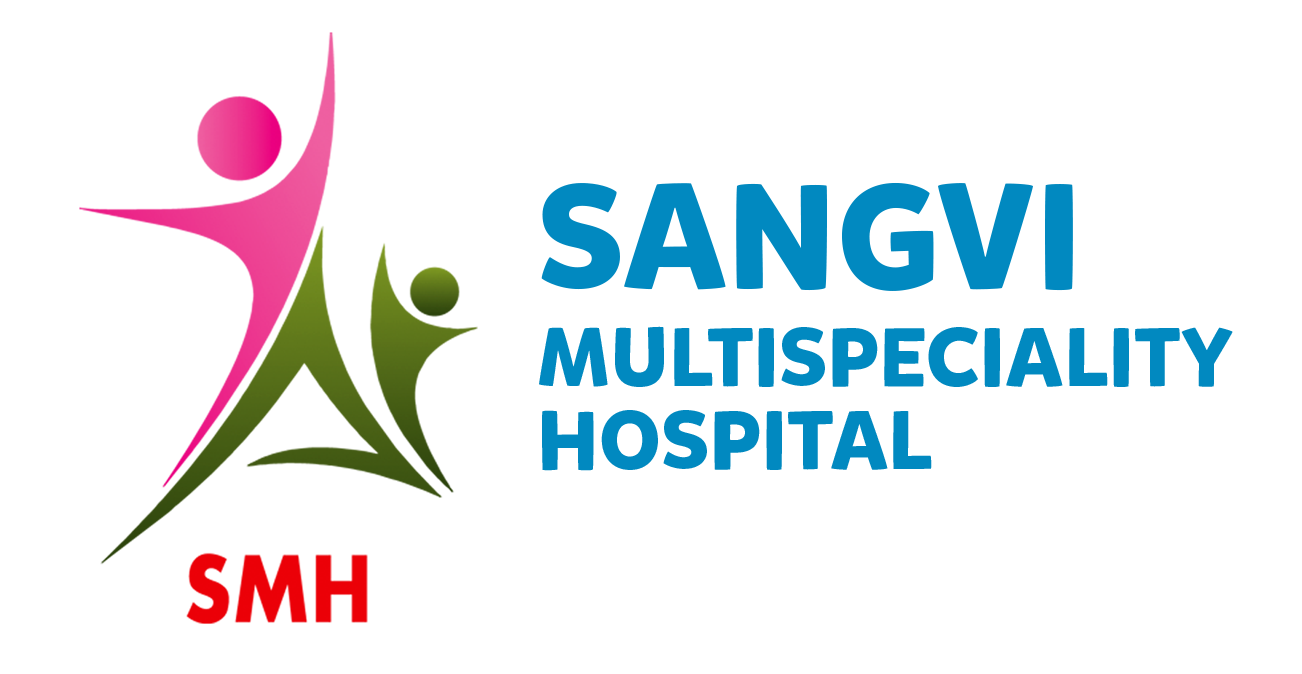When it comes to healthcare, patient safety is paramount. Hospitals across the globe strive to provide high-quality care while ensuring the safety and well-being of their patients. However, despite best efforts, patient safety in hospitals continues to be a significant challenge. In this blog post, we will explore the best practices for maintaining patient safety and the common hurdles hospitals encounter in this pursuit.
What is Patient Safety?
Patient safety refers to the prevention and mitigation of adverse effects or harm to patients associated with their healthcare. These adverse effects could be due to medical errors, hospital-acquired infections, medication errors, and more. The World Health Organization (WHO) emphasizes that patient safety is not only about preventing harm but also about avoiding potential harm.
Best Practices for Patient Safety
Several strategies and practices have been proven to improve patient safety. Here are a few:
Implementation of Checklists and Protocols
Checklists and protocols are crucial tools in maintaining patient safety. They standardize procedures and ensure consistency, which helps reduce the risk of human error. For instance, surgical safety checklists have significantly reduced surgery-related complications and deaths.
Open Communication and Transparency
Clear, open communication between healthcare professionals, and between professionals and patients, is vital. Miscommunication can lead to serious errors in patient care. Furthermore, transparency about treatment plans and potential risks empowers patients and their families to make informed decisions about their healthcare.
Electronic Health Records (EHRs)
The use of EHRs has revolutionized healthcare, enhancing the accuracy and accessibility of patient data. EHRs reduce the risk of medication errors, improve the coordination of care, and provide a comprehensive view of a patient’s health history.
Regular Training and Education
Continuous education and training for healthcare providers about the latest safety protocols, techniques, and technologies is key to enhancing patient safety. Regular simulation exercises can help staff prepare for uncommon but high-risk situations.
Common Challenges in Patient Safety
Despite best practices, hospitals often face several challenges in maintaining patient safety:
Human Error
Even with the best training and intentions, human error is inevitable. Miscommunication, fatigue, and high-stress environments can all contribute to errors in patient care.
Resource Limitations
Many hospitals, particularly in rural or underserved areas, face resource constraints. Limited staffing, insufficient equipment, or outdated technology can pose significant challenges to patient safety.
Resistance to Change
Implementing new safety measures often requires change – in protocols, behavior, or in culture.
Resistance to change can be a significant barrier to improving patient safety.
Data Management
As healthcare becomes increasingly digital, managing and protecting patient data becomes more complex. Ensuring the privacy and security of patient information is a continual challenge.
The Way Forward
The journey toward optimal patient safety is ongoing. It requires continuous improvement, learning from mistakes, and adapting to new technologies and practices. We foster a culture of safety at Shashwat Hospital, where everyone from the administrative staff to the physicians prioritizes patient safety in their everyday work.
Patient safety in our hospital is more than a goal — it’s a commitment, a culture that must be ingrained in every facet of healthcare. It’s about the collective endeavor of healthcare professionals and patients alike, striving towards a healthcare environment where safety is not an afterthought but a fundamental principle. To learn more about our patient safety measures, contact us today.

